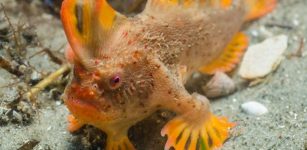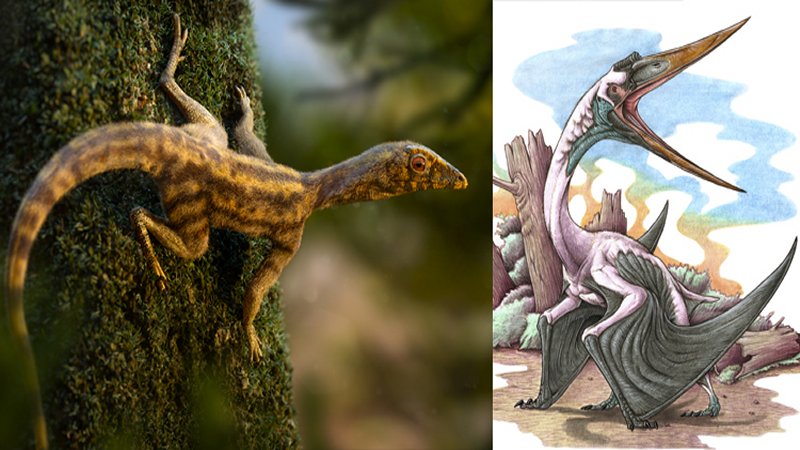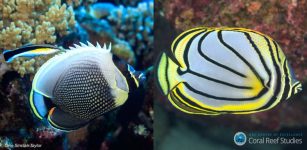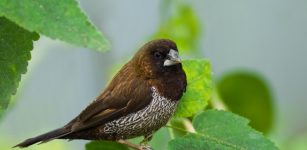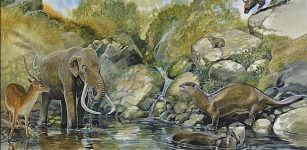These Plants Sense The Danger – They Know How To Avoid Predators!
MessageToEagle.com – First observation of predator avoidance behavior by phytoplankton was made by researchers at the University of Rhode Island’s Graduate School of Oceanography.
While studying microscopic marine plants and their behavior in confrontation to the predatory zooplankton Favella sp, researchers noticed that a species of phytoplankton, a microscopic marine plant known as Heterosigma akashiwo can handle dangerous situations by avoiding predators.
“The phytoplankton can clearly sense the predator is there. They flee even from the chemical scent of the predator but are most agitated when sensing a feeding predator,” said Susanne Menden-Deuer at the University of Rhode Island, co-author of the study.
“It has been well observed that phytoplankton can control their movements in the water and move toward light and nutrients,” Menden-Deuer said. “What hasn’t been known is that they respond to predators by swimming away from them. We don’t know of any other plants that do this.”
While imaging 3-dimensional predator-prey interactions, the researchers noted that the phytoplankton Heterosigma akashiwo swam differently in the presence of predators, and groups of them shifted their distribution away from the predators.
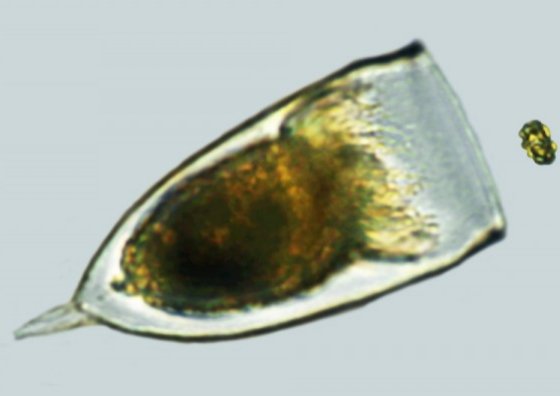
Moreover, researchers also found that the phytoplankton flee when in water that had previously contained the predators. They found only a minimal effect when the phytoplankton was exposed to predators that do not feed on phytoplankton.
When the scientists provided the phytoplankton with a refuge to avoid the predator – an area of low salinity water that the predators cannot tolerate – the phytoplankton moved to the refuge.
The important question these observations raise, according to Menden-Deuer, is how these interactions affect the survival of the prey species.
See also:
Amazing Phenomenon Of Singing Plants
Plants May Be Deaf But They Can Feel See Smell And Remember
Fantastic Biological Street Lighting: Using Glowing Plants And Trees As An Energy Source
Measuring survival in the same experiments, the researchers found that fleeing helps the alga survive. Given a chance, the predators will eat all of the phytoplankton in one day if the algae have no safe place in which to escape, but they double every 48 hours if they have a refuge available to flee from predators. Fleeing makes the difference between life and death for this species, said Menden-Deuer.
“One of the puzzling things about some phytoplankton blooms is that they suddenly appear,” she said.
“Growth and nutrient availability don’t always explain the formation of blooms. Our observation of algal fleeing from predators is another mechanism for how blooms could form. Amazingly, looking at individual microscopic behaviors can help to explain a macroscopic phenomenon.”
The researchers say there is no way of knowing how common this behavior is or how many other species of phytoplankton also flee from predators, since this is the first observation of such a behavior.
“If it is common among phytoplankton, then it would be a very important process,” Menden-Deuer said. “I wouldn’t be surprised if other species had that capacity. It would be very beneficial to them.”
The discovery was published in the September 28 issue of the journal PLOS ONE.
© MessageToEagle.com

